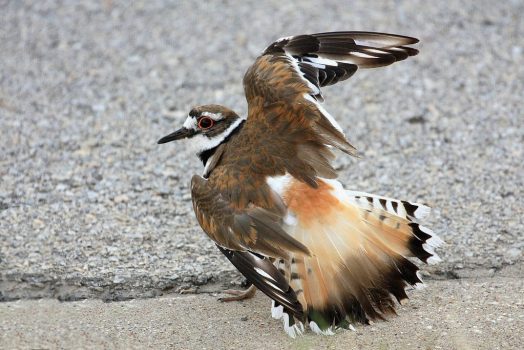
Animal Defenses
Animal Defenses
Prey animals are not just waiting to be eaten; they have a variety of defenses that enable them to elude predation.
Learning Objective: List different types of animal structural and behavioral defenses and provide an example of a species that utilizes each defense.


Species that are vulnerable to predation have a combination of structures and accompanying behaviors to escape being eaten.
This video demonstrates a variety of prey defenses.
Watch this video; you can select the closed captioning “cc” option if you would like to see the text.
This “feigning beetle,” native to southwestern North America, has a response that is similar to opossums. Watch its response to being picked up and how quickly it recovers.
Sea slugs like terrestrial slugs are mollusks, relatives of snails, clams, and octopuses. Most seas slugs can release potentially toxic substances when attacked by a potential predator.
In some cases, prey are defending family members. This kildeer doesn’t actually have a broken wing, it is flapping an uninjured wing while loudly squawking to draw attention away from its nest, full of eggs. Once the predator closes in, it will fly out of reach. The kildeer is in danger of being eaten itself, but if its offspring survive, it will pass on its genetic information.

The next section focuses in on camouflage, a common form of prey defense.











